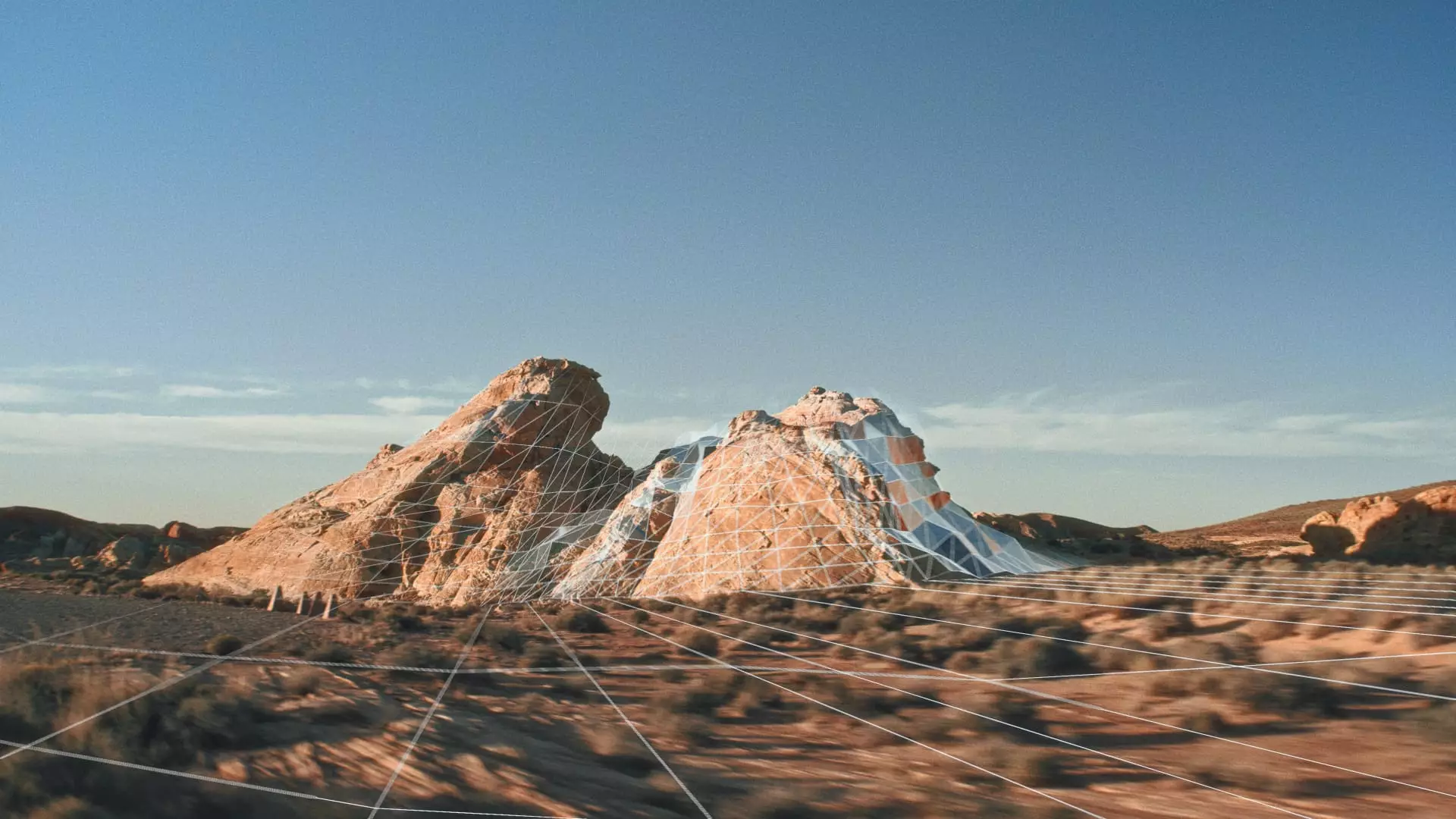In the ever-evolving landscape of technology, Finnish startup Distance Technologies is making significant strides toward integrating mixed-reality capabilities into everyday transportation systems. Recently, the company secured 10 million euros ($11.1 million) in funding through a seed round led by GV, the venture capital arm of Alphabet, alongside contributions from existing investors FOV Ventures and Maki.vc. This investment marks a crucial step in advancing their unique technologies that aim to deliver cutting-edge augmented reality (AR) functionalities directly onto car windshields and airplane cockpits.
Distance Technologies is at the forefront of a conceptual shift in how users will experience information overlay via transparent surfaces. By transforming any clear panel into an interactive augmented-reality display, the company eschews the need for cumbersome hardware associated with traditional mixed-reality devices, like headsets or AR glasses. As Urho Konttori, the CEO, aptly highlighted, the requirement for physical headgear has long inhibited the seamless integration of mixed reality into day-to-day life— a barrier that Distance intends to dismantle.
Utilizing advanced tracking technology, Distance Technologies has developed a sophisticated system that identifies the user’s gaze and computes precise light fields tailored to individual eye positions. This ground-breaking approach incorporates layers of optics over standard liquid crystal displays (LCDs), allowing the system to project images onto specific focal areas, thereby enhancing visual clarity and depth. The result is a more immersive and comforting user experience, suitable for demanding environments such as automotive driving and aviation.
Distance claims that its technology is capable of achieving “infinite” pixel depth, a critical feature for applications requiring real-time data visualization. This capability empowers users, whether they are navigating busy roadways or flying high-performance aircraft like the F-18 fighter jet, to access vital information without the taxing need for specialized equipment. Such functionality redefines the standard user interface in both automotive and aerospace markets.
However, as Distance Technologies plunges into commercialization, they must navigate a competitive landscape rich with innovation. The mixed-reality sector has seen substantial investment; for instance, Apple’s Vision Pro and Microsoft’s HoloLens 2 are priced at around $3,500 each, indicating the premium nature of these technologies. In addition to high development costs, companies such as Meta face challenges in producing AR devices that remain consumer-friendly. Meta’s new AR glasses concept reportedly incurs production costs around $10,000 per unit—a feat that raises questions about profitability and accessibility.
Despite the challenges, Distance Technologies distinguishes itself by focusing on software-driven solutions that transcend existing limitations faced by augmented reality heads-up displays (HUDs). Many automotive AR HUDs are confined to projecting images onto specific sections of the display; by contrast, Distance’s technology offers the potential for expansive application on any transparent surface, providing a more holistic visual solution.
Chief Marketing Officer Jussi Mäkinen emphasizes the importance of software in their system’s innovative design. This approach allows developers to maximize the display potential, an advantage that sets Distance apart from its competitors. Following a successful demonstration of their proof-of-concept technology at the Augmented World Expo USA 2024, the company is now primed to move into the production cycle. CEO Konttori expressed anticipation for a pivotal transition, signaling a shift from the research phase toward finalizing product specifications in collaboration with initial customers.
As Distance Technologies prepares for the next phase, the fundamental challenge will be aligning technological advancements with real-world applicability. The potential for augmented reality to enhance user experiences in automotive and aerospace sectors is immense—however, achieving consumer acceptance and practical deployment remains a nuanced endeavor.
Distance Technologies stands on the cusp of redefining user interfaces across automotive and aerospace industries through its mixed-reality innovations. The considerable funding received and the company’s strategic focus on software-driven solutions could open pathways to transforming how drivers and pilots interact with their vehicles and planes. Should Distance successfully surmount the challenges in commercialization, the horizon looks promising for a future where augmented reality is seamlessly integrated into our daily experiences, driving not only user efficiency but also safety in navigating our increasingly complex environments.


Leave a Reply